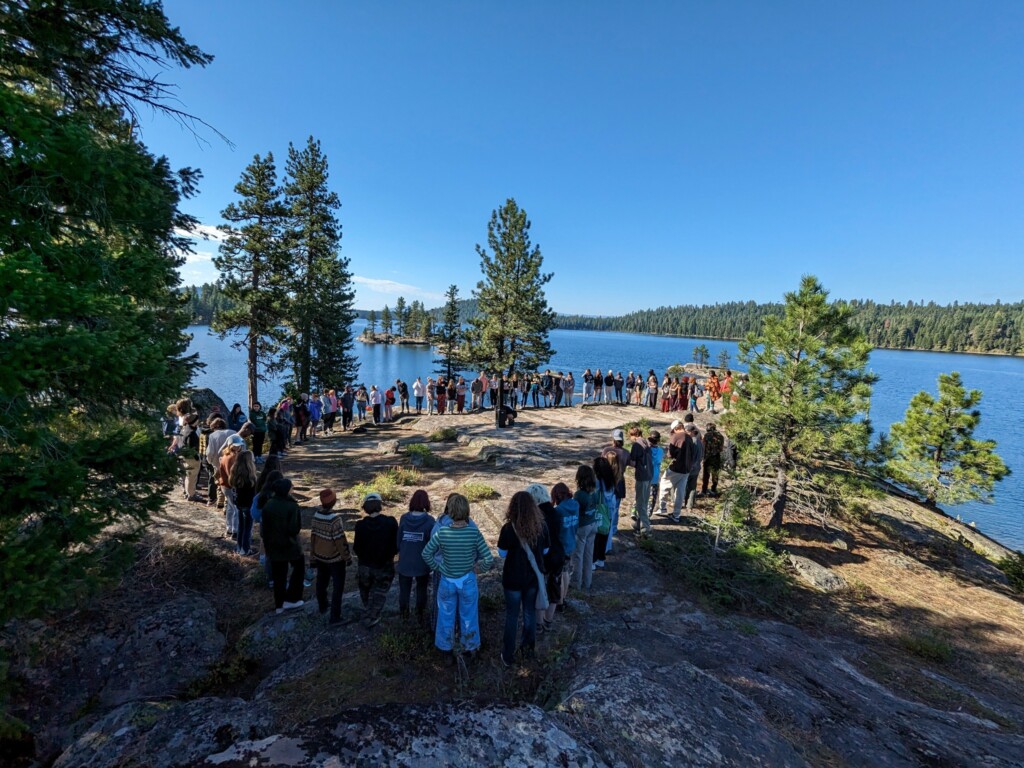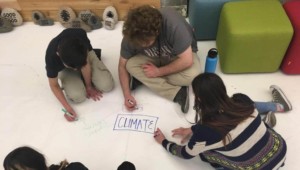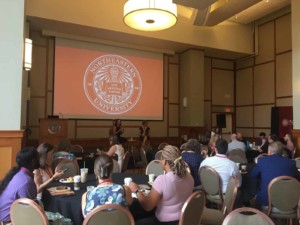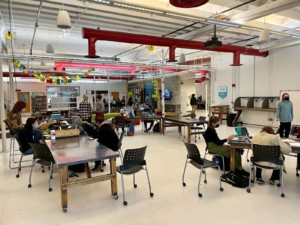Designing Competency-Based Models for Students by Students
Key Points
-
- Competency-based assessment eliminates the silos associated with traditional grades.
-
Growth-based assessments enable schools to be more responsive and to grow with quality in mind.

By: Mat Erpelding
Starting and operating a microschool is challenging. Maintaining educational consistency as your school grows is especially difficult. Because microschools are designed to be small, learning intimacy is crucial to your success, which can make scaling your school very challenging. That’s why it’s critical to get your students involved from the beginning and select a satisfactory assessment methodology to grow alongside your school and leave room for dynamic and lasting impact metrics. An equitable and personalized learning environment requires that we listen to our students’ voices and ensure they are heard when developing learning experiences. Whenever possible, tying learning to a student’s interests and curiosities with purpose will create relevance, importance, and ultimately substantial value for the student’s growth.
As students grow and experience life, their perspective is crucial to their learning. When students spend time identifying their interests, passions, and purpose, they become more in tune with who they are and what they want to accomplish. To that end, when students explore their interests and curiosities with purpose, they see the relevance of learning discrete and durable skills because each skill applies to their personal goals. When students recognize the connection between durable skills, such as resilience or desire to grow, and discrete skills, such as applied mathematics, it fosters meaningful growth-oriented conversations as students work through challenging tasks or projects that may not play to their current abilities.
Growth-Based Assessment
In the United States, most students are provided a cumulative GPA based on their work in specific subject areas, which can feel irrelevant and disconnected from a student’s future goals. In many cases, a family emergency, mental health crisis, or other uncontrollable event can negatively impact a cumulative GPA even if by the student’s final year, they are excelling by every measure.
Students experience more success when measured for their growth over time in durable and discrete skills. Students must be encouraged to try new things, challenge themselves, and fail without punitive impacts. The most important assessment is whether or not they can actualize their skills when they are ready to move on to college or a career.
The Growth Framework, a durable skills competency-based model designed and tested by One Stone, includes a holistic portrait of a graduate (Bold Learning Objectives) and a college-approved learner record, the Growth Transcript. The Bold Learning Objectives consist of four quadrants of learning (mindset, creativity, skills, and knowledge) and include research-backed skills and sub-skills for learning. The Growth Transcript is a dynamic learner record that measures growth over time in hard-to-measure durable skills.
“The growth transcript has become a critical tool for me to identify strengths, weaknesses, stretch my creative muscle, and try new things.”
Kellan Reagan, Student

Facts about Student-Driven Competency-Based Assessment
- Competency-based assessment eliminates the silos associated with traditional grades.
- Durable skills can be objectively assessed over time.
- Student-driven education achieves equity through the personalization of learning.
- Assessment takes place in every learning context.
- Comprehensive assessment from multiple coaches, mentors, and external advisory creates a holistic assessment of “hard to measure” durable skills.
- Provides an opportunity for authentic, real-world application.
- Recognizes that growth in discrete skills occurs in unison with durable skills.
- Student Portfolios create a learner record that aligns with the student’s growth transcript.
Student-Led Growth
The Growth Framework is a great starting point for launching a school or rolling out a new learner-centered assessment approach. Student-driven learning is a cornerstone of the Growth Framework, emphasizing the critical role of fostering autonomy and ownership in learners. By placing students at the helm of their learning journey, educators empower them to actively engage in the process, cultivate critical thinking, and harness their curiosity. This approach aligns with the Growth Framework’s principles, which advocate for personalized learning experiences that cater to individual interests and needs. Through student-driven learning, learners are encouraged to set goals, reflect on their progress, and adapt strategies; thereby helping them develop a growth mindset and resilience.
“I use my growth transcript to set intentional goals, to reflect on the growth I’ve experienced at Lab51, and as a tool to communicate my growth with others. My growth transcript helps me identify what brings me joy, struggle, and passion in my learning.”
Nora Smart, Student
This method enhances motivation and engagement and prepares students for real-world challenges by promoting independence and self-directed learning skills. Ultimately, integrating student-driven learning within the Growth Framework fosters a more inclusive, adaptive, and effective educational environment where learners can confidently navigate their growth and achievements.
Mat Erpelding is the Director of Business Development at One Stone.
Call to Action
Join us this summer for a virtual community of practice on revolutionizing assessments in microschools. Explore innovative approaches, share best practices, and collaborate with fellow leaders to redefine student success metrics. Complete our interest form to stay updated and be part of the conversation. Let’s reimagine assessments together!
This post is a part of our Microschools campaign which shares stories and resources to raise awareness of microschools as a high-quality option for all learners.





0 Comments
Leave a Comment
Your email address will not be published. All fields are required.